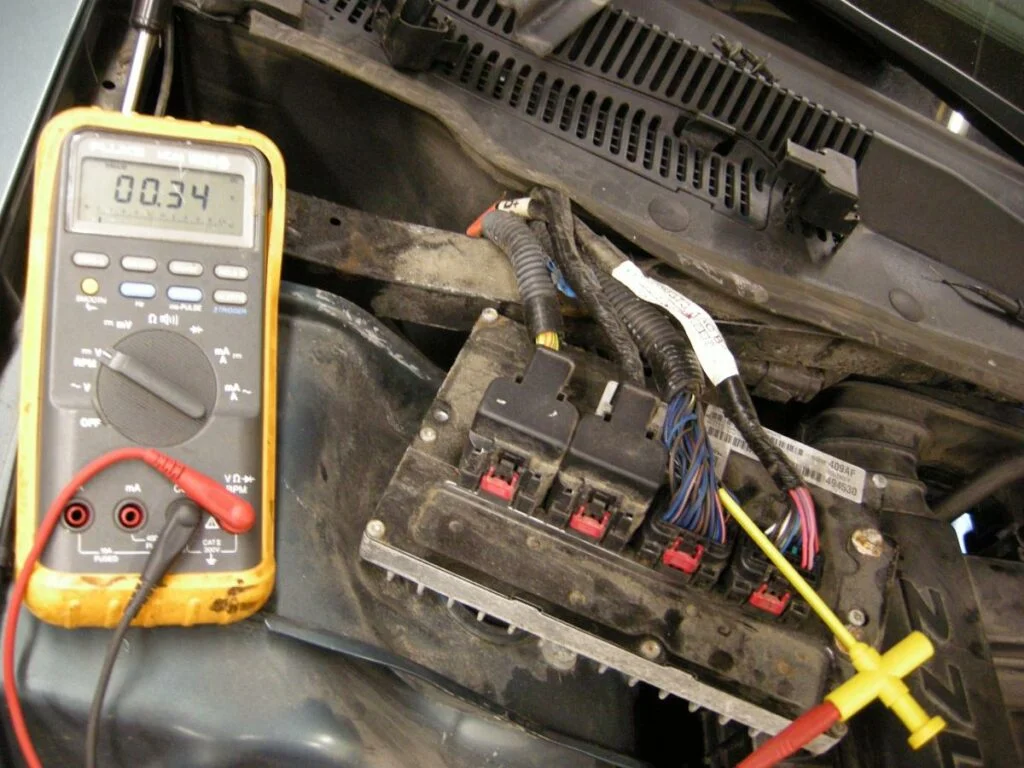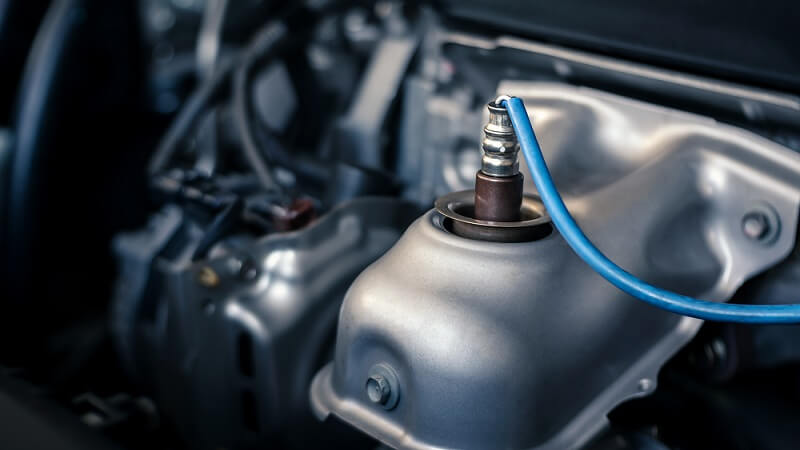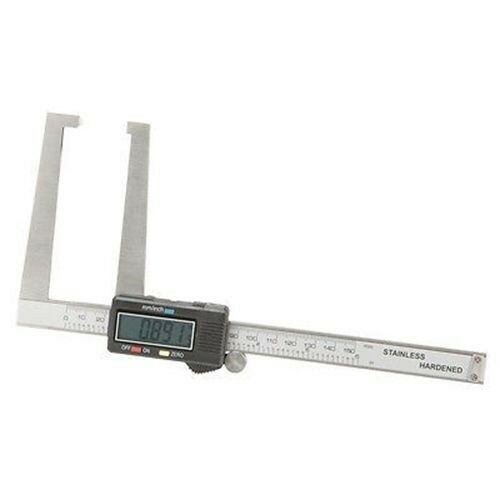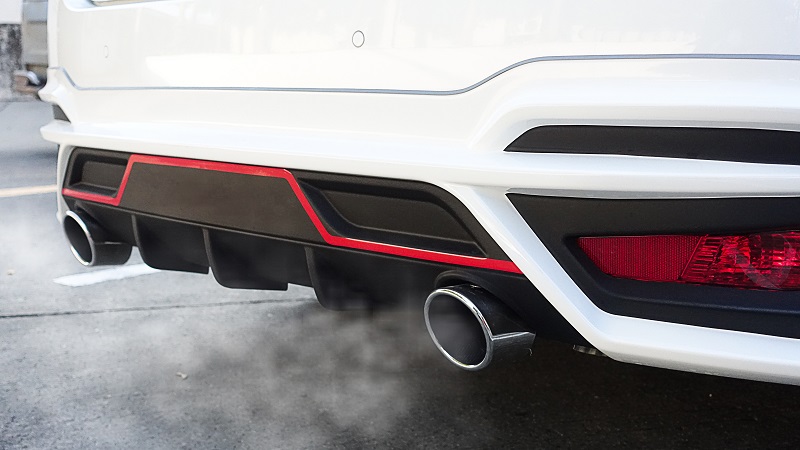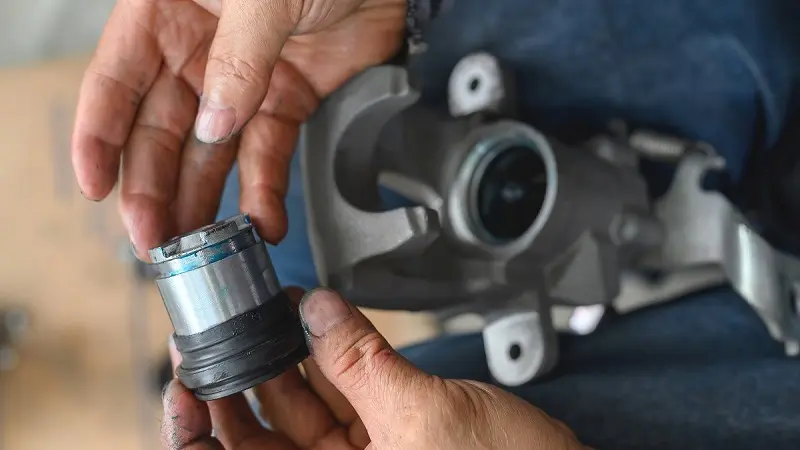Discover how an EGR valve functions and how to replace one
An EGR valve replacement is very easy, so any DIY mechanic can do it by yourself using only some necessary hand tools.
How does an EGR valve function?
EGR works by recirculating a portion of an engine’s exhaust gas back to the engine cylinders. When the engine combustion temperatures reach 2500 degrees, then increases the formation of smog-producing nitrogen oxides (NOx). EGR valves function by small recirculating amounts of exhaust back into the combustion chambers. Since the exhaust is mostly carbon dioxide, it doesn’t burn. This reduces combustion temperature and NOx emissions. When an EGR valve malfunctions, carbon dioxide is reintroduced at the wrong time or in the wrong amounts, and engine performance suffers.
When do you need an EGR valve replacement?
The most common problem with EGR valves when they become stuck open or closed due to carbon build up. There are some signs of its failure:
- Check engine light (diagnostic codes usually in the low P0400s)
- Reduced power and fuel economy
- Pinging or knocking sounds
- Rough idle
- Stalling and hesitation when accelerating.
It is recommended to clean an EGR valve every 15,000 miles to last longer. It will cost you less than a new replacement, but the cleaning procedure of an EGR valve almost the same as a full replacement. So the choice is up to you. But if it fails, then better to replace it with a new one then to fail an emission inspection.
Time to complete:
1-4 Hours
Tools you will need:
- Exhaust gas recirculation valve
- Owner’s manual
- Diagnostic tool
- Basic hand tools
- Gloves
- WD-40
- Rags
Pro Tip: Before starting, check the engine light codes.
1. Locate the EGR valve using the owner’s manual or vehicle repair manual.
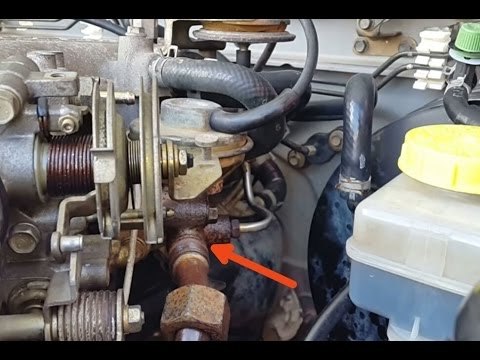
2. Disconnect all electrical components and let it fully discharge before starting.
3. Check all the hoses connected to the EGR valve for cracks or leaks. There is one best option to check the vacuum hose leak is to spray the vacuum line in question with starting fluid while the engine is idling. If you see that the RPM of the engine raises, then it is a good sign that the vacuum line is sucking in the starting fluid. To replace the hoses if needed.
4. Unscrew the bolts holding the valve to the cylinder head. If they are hard to remove, then spray them with WD-40 and leave them for a while.

5. Remove the valve and other gasket components. Make sure that no debris is coming into the cylinder head.
6. Following the instructions, install the new EGR valve.
7. Reconnect all the electrical connections and hoses.
8. With a diagnostic tool check for codes and reset the engine light if needed. Sometimes, for older cars. It is enough to reset the computer and clear all engine codes just by disconnecting the battery for about five minutes. Test your vehicle to be sure that the EGR valve is working correctly.
